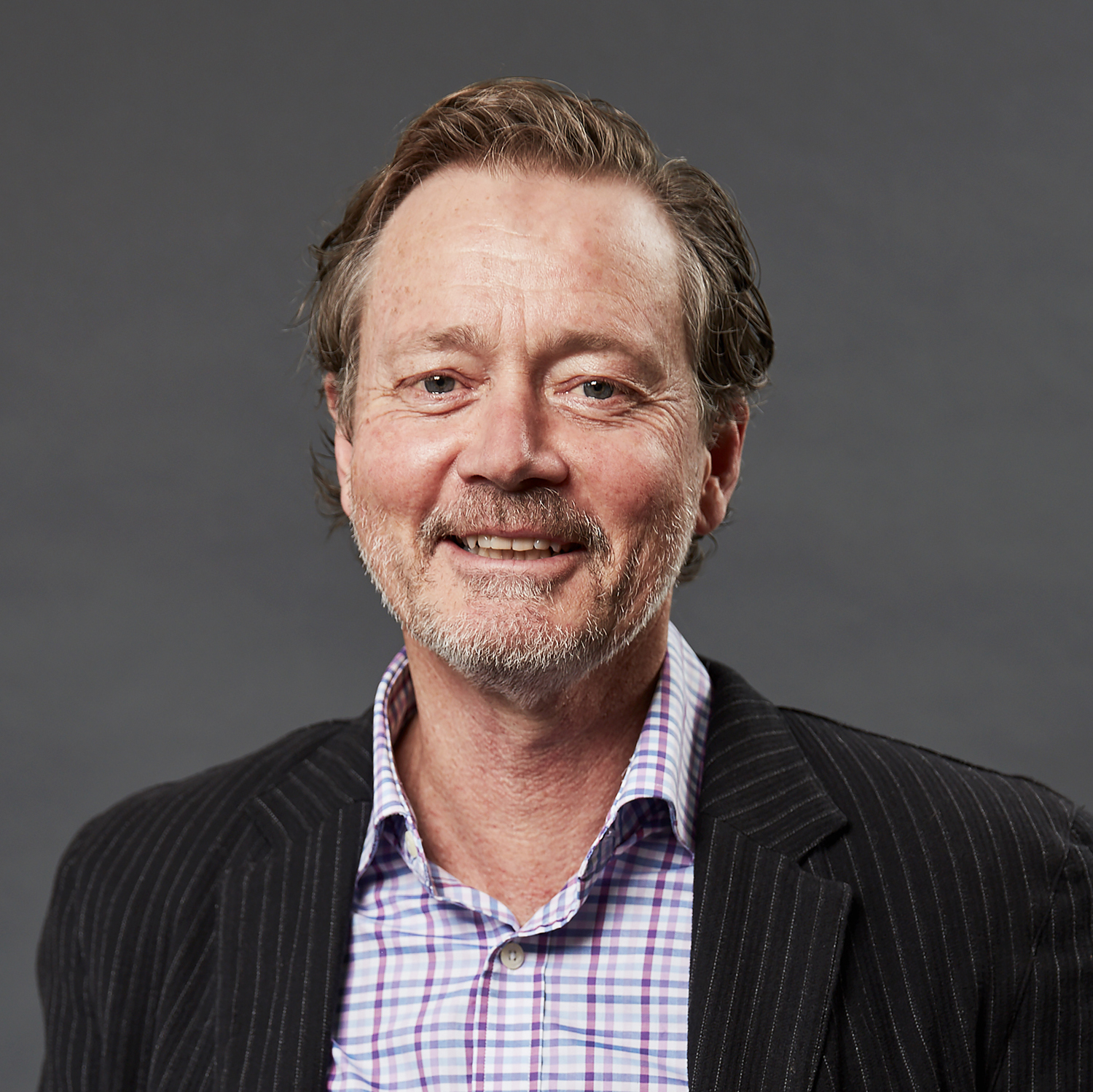Our Director of Strategic Engagement calls for a city liveability legacy
In a recent article (4 April 2018) in The Conversation, our Director Strategic Engagement, Chris Chesterfield, asks whether the continuing top liveability rankings of Australian cities is making us complacent. Melbourne, for example, is experiencing unprecedented growth and yet has topped The Economist Intelligence Unit global liveability ranking for seven years running. Yet, as Chris explains, many of the policy and institutional reforms that delivered this liveability legacy occurred decades ago.
In his article, Chris notes Australia’s current wave of population growth is placing pressure on infrastructure, services and the environment. During our past two waves of growth, in the late-19th and mid-20th centuries, cities implemented visionary responses. And Chris explains that a third wave of planning and investment in open space and green infrastructure is now needed to underpin liveability as our cities grow.
Chris asks whether we can repeat the leadership of yesterday, pointing to Melbourne’s early work in constructing sewerage systems, reserving water supply catchments, planning parks, green corridors and open spaces, environmentally regulating industry, and planning for urban growth.
To sustain or improve urban liveability today, Chris considers we need a new vision, and government commitment to deliver that vision over many decades.
But do we have the equivalent capability today that built Melbourne into a great city? Read Chris’s article for his thoughts on why our knowledge, skills and understanding for better cities are not enough to shape a better future. He makes a convincing case for why we risk ad hoc and wasteful investment if we do not have a vision plus effective policies and institutions to deliver it.
To talk with Chris, call + 61 3 9905 9510 or email chris.chesterfield@monash.edu.
Chris Chesterfield
